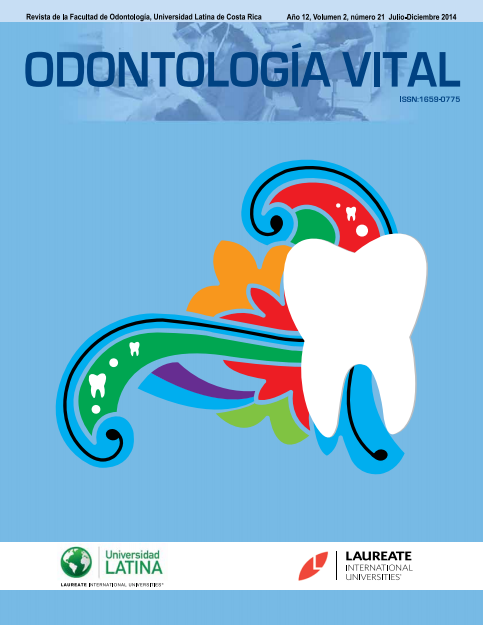Atypical structures of the maxillary sinus: Review
DOI:
https://doi.org/10.59334/ROV.v2i21.293Keywords:
Maxillary sinus, antrolith, mucous retention pseudocyst, exostoses of the maxillary antrum, orthopantogramAbstract
The maxillary sinus, also known as Highmore’s antrum, is a structure in close proximity with the oral and nasal cavities. Many different types of pathologies or atypical structures can be found within this sinus, and a routine panoramic radiography can reveal such entities. The maxillary sinus is a highly active zone, and the origin of its anomalies may vary. An antrolith is a calcified mass that develops over time due to the precipitation of minerals; its etiology can be extrinsic or intrinsic. A mucous retention pseudocyst, unlike the antrolith, is formed due to accumulation of liquid and mucus, yet its radiological features are clearly visible and definable. It is also possible to encounter a maxillary sinus exostosis, an atypical structure that develops from the benign growth of cortical bone in an exophytic manner within the antrum. What these three structures share in common is that they are generally asymptomatic, and they can usually be found through a routine dental radiography. Even though many studies have demonstrated that these entities are more common than expected, many of these lesions go unnoticed or undetected, or are not recognized as a disease by the clinician.
Downloads
References
Delgadillo, J. (2005).’Crecimiento y desarrollo del seno maxilar y su relación con las raíces dentarias’. KIRU, volu-men II, Nº 1.
Dnyaneshwar, A. (2013).Chronic sinusitis leads to sinolith formation in maxillary sinus: a rare case report’. Open Access Scientific Reports.
Eggesbo, H. (2006). ‘’Radiological imaging of inflammatory lesions in the nasal cavity and paranasal sinuses’. Springer-Verlag Head and Neck. https://doi.org/10.1007/s00330-005-0068-2
Foreman, A. (2002). ’Pathologic conditions of the maxillary sinus. Panoramic Imaging News, Volume 2 Issue 3. Hadar, T. (2000).’Mucus retention cyst of the maxillary sinus: the endoscopic approach. British Journal of Oral and Maxillofacial Surgery.
Haraji, A. (2006).Antrolith in the maxillary sinus: report of a case. Journal of Dentistry.
Karmody C, Carter B, Vincent M. (1977). ’Developmental anomalies of the maxillary sinus. Trans Am Acad Ophthalmology Otolaryngology.
Myall R, Eastep P, Silver J (1974).Mucous retention cysts of the maxillary antrum. Journal Am Dent Assoc, 89. https://doi.org/10.14219/jada.archive.1974.0612
Schwartz, K. (2012).Irrigation nose: CT findings of paranasal sinus exostoses. The Open Neuroimaging Journal. https://doi.org/10.2174/1874440001206010090
Shear, M. (2007). Cysts of the oral and maxillofacial regions. (4th edn). Oxford, UK: Blackwell. https://doi.org/10.1002/9780470759769
Shenoy, V. (2012).Maxillary Antrolith: a rare case of recurrent sinusitis. Hindawi Publishing Corp.
Downloads
Published
How to Cite
Issue
Section
License
Copyright (c) 2014 Odontología Vital

This work is licensed under a Creative Commons Attribution 4.0 International License.
Authors who publish with Odontología Vital agree to the following terms:
- Authors retain the copyright and grant Universidad Latina de Costa Rica the right of first publication, with the work simultaneously licensed under a Creative Commons Attribution 4.0 International license (CC BY 4.0) that allows others to share the work with an acknowledgement of the work's authorship and initial publication in this journal.
- Authors are able to enter into separate, additional contractual arrangements for the non-exclusive distribution of the Odontología Vital's published version of the work (e.g., post it to an institutional repository or publish it in a book), with an acknowledgement of its initial publication.
- Authors are permitted and encouraged to post their work online (e.g., in institutional repositories or on their website) prior to and during the submission process, as it can lead to productive exchanges, as well as earlier and greater citation of published work.
Métricas alternativas











